Now famous for its annual horse racing and motorsport events, this great estate in West Sussex has been home to the Duke of Richmond for over 80 years. Rob Widdows talks to the Duke about family, tradition and bringing about a time of change
Words: Rob Widdows
Molecomb Corner is the most challenging of turns on the famous Goodwood Festival of Speed course. Go straight on here and you will descend gently into a valley where pheasants cluck, rabbits run riot and sheep stare soporifically into the distance. It is a quintessentially English scene, a quiet corner of a Dukedom.
A man and his dogs are heading home for tea. He walks slowly, pausing to gaze at the first green shoots of spring. This is Charles Henry Gordon-Lennox, His Grace the 10th Duke of Richmond, Duke of Lennox, 5th Duke of Gordon and Duke of Aubigny. He is also a chartered accountant and chairman of the Goodwood Group of Companies.
Founding the Goodwood Estate
His family settled here in 1697 and there are still 12,000 acres of West Sussex countryside under his stewardship. Now in his 80th year, the Duke has seen the estate change almost beyond recognition. “When I was a boy the place was run pretty much as a large, very large, country house. There were probably 100 people here. Now we have 550 staff and a group of five core businesses. There were a lot of clocks, some of them extremely valuable, so the man came from the watchmakers to wind the clocks once a week. My brother and I saw little of our parents – we had our day nursery and our night nursery – and nanny took us downstairs every afternoon for tea. Then we went back upstairs. We went to school in London, and every morning we dressed in our Gordon tartans – if you were Scottish in any way, you flaunted it. Then we went away to boarding school and that was rather a shock.”
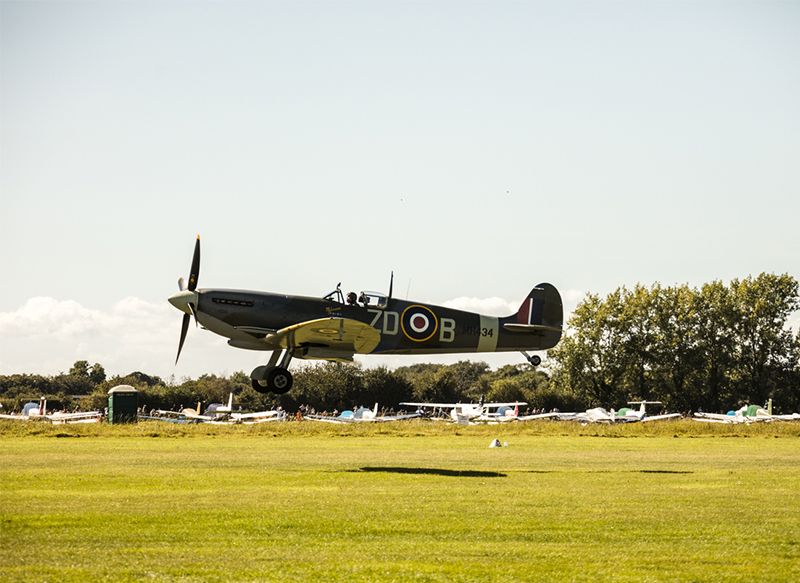
The Lennox family name
The family has glamorous, rather racy origins. Charles Lennox, the 1st Duke of Richmond, was the illegitimate son of Charles II and his beautiful French mistress Louise de Kerouaille. At the king’s demise, she was given two chateaux and some land at Aubigny in France by Louis XIV in appreciation of her alleged spying activities in the court of King Charles.
“So that’s how we came to have the French title,” says the Duke, “while the Lennox estates in Scotland came about as a result of the collaboration between France and Scotland in the 17th century. The Gordon estate came later – we owned one sixth of Scotland at that time, and that’s a lot of heather – but my father sold it when he had to pay death duties. He was the first Duke to have a proper job – he was an apprentice at Bentley – before that Dukes were mainly military men, that was something they could be seen to be doing. Some of my ancestors had some trouble keeping their expenditure within their income. The 3rd Duke, who was a man of great vision and who built Goodwood House in 1697, was a man who thought big. But sometimes his vision exceeded his capital and he died with £180,000 of debts. That was a lot of money then. We got out of that when, two generations later, the Duke married the only daughter of the Duke of Gordon. There were no sons so all the Gordon land came to the Richmonds.”
Goodwood House design
The heart and soul of the estate is Goodwood House, a feast for the eyes both inside and out. The original Jacobean house, built in 1697, was later developed by the 3rd Duke with the help of architect James Wyatt. A Palladian-style south wing was added in the 18th century as well as the round towers with their copper-covered domes.
Goodwood art and furniture
Inside the house is a magnificent collection of paintings, furniture, porcelain and tapestries. This veritable treasure trove includes portraits by Van Dyck, Reynolds, and Romney – many of these on the walls of the splendid Regency ballroom. Goodwood is famous for its set of paintings of the Duke’s horses by George Stubbs and priceless paintings by Canaletto of the Duke’s London home at Richmond.
Walking through the house, you will find beautiful 18th-century French furniture in the Yellow Drawing Room while in the Card Room is a unique collection of Sèvres porcelain, much of it bought straight from the factory by the Duke when he was ambassador in Paris in 1765. In the old Jacobean part of the house are the Gobelin tapestries, a gift from King Louis XV who, it is said, ordered too many for his own country home. Don’t miss the recently restored Egyptian dining room with its ornamental cobras, scarabs and crocodiles.
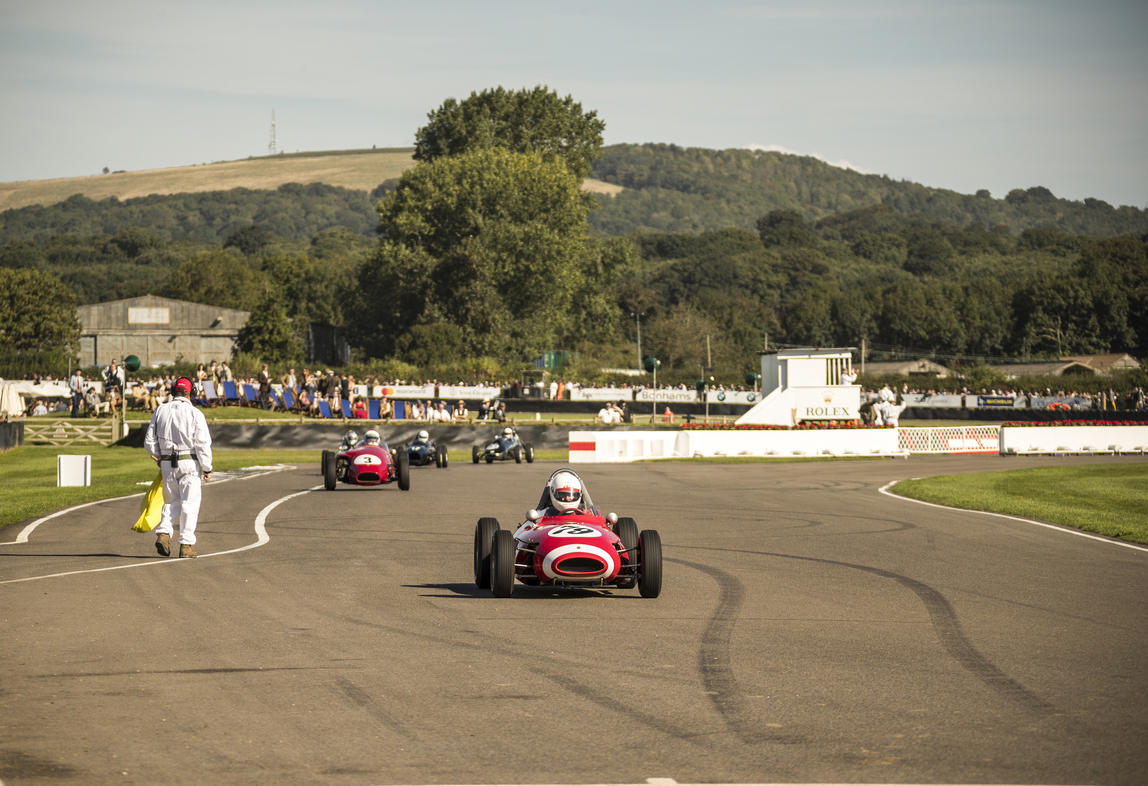
Goodwood racecourse
One of this Duke’s great passions is horse racing and in the 1980s he completely modernised the famous racecourse, building new grandstands.
“Without any doubt, the renewal of the racecourse is the achievement of which I am most proud,” he says. “When we knocked down the old grandstand it was a dangerous thing to do in Britain because tradition matters so much to people. When the members first saw the new concrete roof on the stand they said, ‘Oh, we don’t like that at all,’ and then somebody noticed that we had re-erected the old Edwardian balustrades. Then it was alright – they remembered the old balustrades and they liked that. In my time, it was certainly the most important development. It was the 5th Duke, of course, who allowed the Sussex Militia to race their horses on the Downs above Goodwood House and later he allowed the public to come and watch. And here we are, more than 200 years later, with a thoroughly modern racecourse.”
The Duke is proud, too, of his connections with horse racing in the USA. Goodwood has a twinning arrangement with the Oak Tree Racing Association at Santa Anita Park in Los Angeles. Trips to the sunshine of California have proved to be popular with even the most traditional of members.
“I thought it would be fun,” he says, “to have a twinning with a racecourse in America, and Kentucky was just too obvious. I like Americans because they are almost always very positive people; it’s a lot about taking risks, being entrepreneurial. So, yes, we like our association with Santa Anita.”
During the last 15 years the Duke’s son, the Earl of March, has energetically taken the baton from his father, forcefully pushing the Goodwood estate into the 21st century. The man who will be the 11th Duke has established two world famous motor sport events, the Festival of Speed and the Revival, inheriting a passion for cars from his grandfather. The renaissance of the motor circuit, founded by his grandfather in 1948, is his most spectacular achievement to date. He has also restored Goodwood House to its original Regency splendour.
“My son has vision and we are currently seeing almost half a million people coming to our motor sport and horse racing events. Yes, he has taken us forward. Some big changes.”
Enduring success of Goodwood
Modest, charming, and very shrewd, the 10th Duke of Richmond has made a huge contribution to the stability of this great English country estate. He was the right man at the right time. The next 300 years will bring their own new challenges.

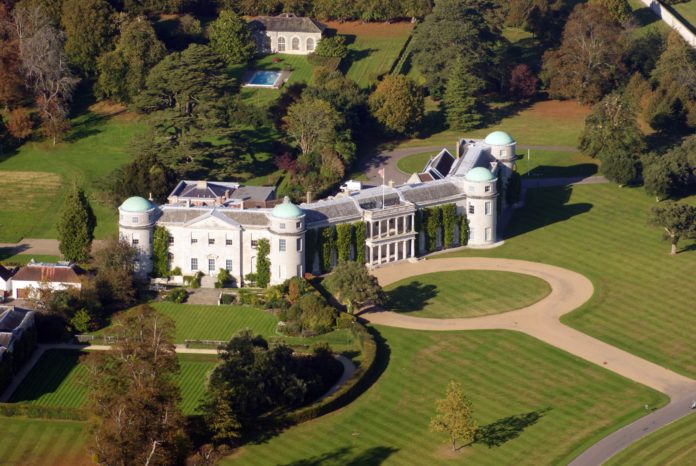

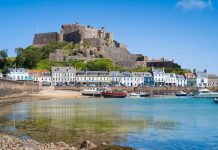
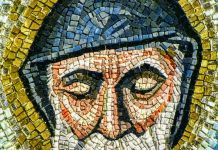

 © 2024
© 2024